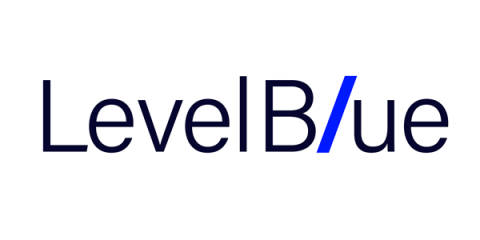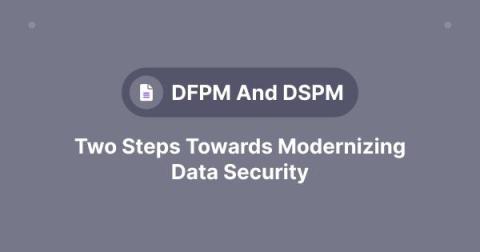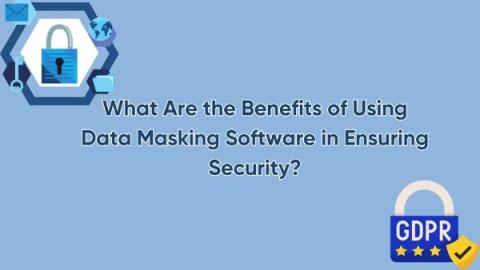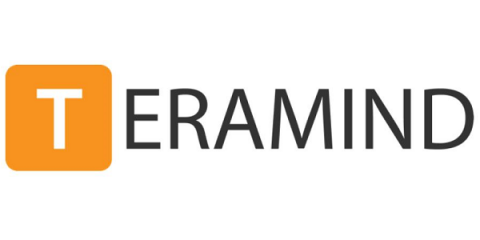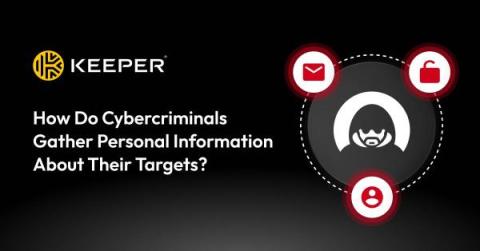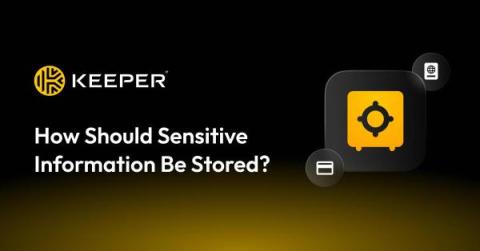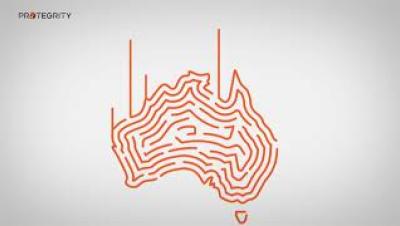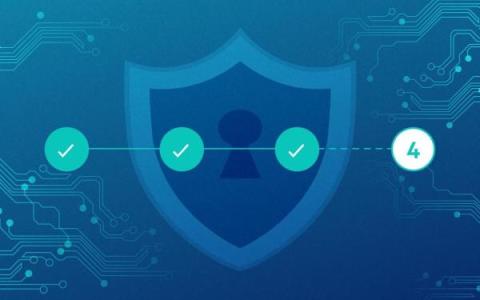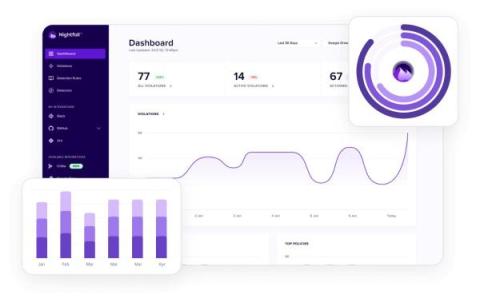Data Destruction: The Final Line of Defense Against Cyber Attacks
Data is the lifeblood of modern organizations, and while watertight data protection policies are undeniably crucial, the need for robust data destruction methods has never been more pressing. Ultimately, all parties and vendors in your supply chain trust you to maintain the integrity of their data. Once that data is no longer needed, transparency about its whereabouts is vital.



